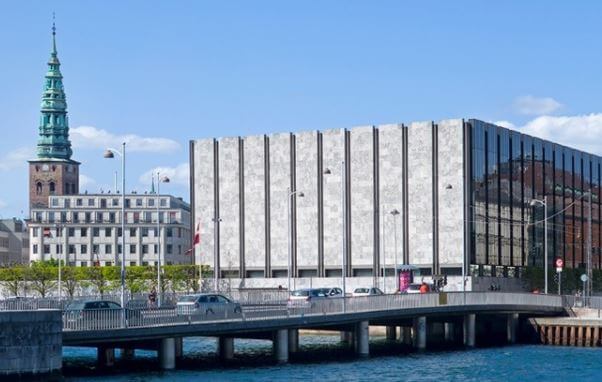In case the international divide between the first-class and economy-class sections of the planet wasn’t already stark enough, Denmark has now begun offering zero-interest fixed rate home loans on 20-year terms.
The policy emerges as central banks continue with negative interest rates in their struggle to boost economic growth. In these troubled geopolitical and macroeconomic times, banks in countries like Denmark, Sweden and Switzerland are essentially charging a fee to hold capital safely.
What are Negative Interest Rates and Why Do They Exist?
The Danish Central Bank is currently running interest rates of -0.75 per cent, the lowest central bank rate in the world. This means that commercial banks are literally paid by the Danish Central Bank to take money, which they are then lending on to home-buyers at a 0 per cent rate (plus accompanying fees, it goes without saying). In Denmark, home buyers aers are able to borrow up to 80 per cent of the value of the asset.
Denmark operates what is known as a pass-through system. This means that mortgage lenders are seen as brokers between investors and borrowers. Rather than lending their own money, they connect those with money to those without and charge fees in the process.

Funding a Universal Basic Income (UBI) with Negative Interest Rates?
Macro-economic conditions are driving similar policy experiments in other parts of Europe. For instance, Germany now offers interest-free student loans to any international student with a registered address in the country.
In this context, it is a wonder that there aren’t more policy experiments with a universal basic income (UBI) from European governments. Instead of pushing the commercial credit model of money creation to this extreme point – i.e. paying banks to make loans – governments could instead create money by giving all citizens a universal basic income, alleviating poverty and financial hardship while creating a much greater and more effective financial stimulus to the country as a whole.